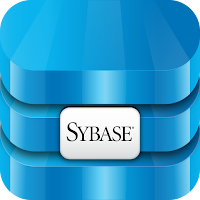This setting can be displayed using following command:
sp_helpdb 'Beta'
The result may be similar to:
to change it issue:
master..sp_dboption 'Beta', "abort tran on log full", false
Now the options should change to:
The error message recorded in the errorlog in case of filling up the log would look like this:
00:0006:00000:00033:2017/03/26 09:51:53.20 server Space available in segment 'logsegment' has fallen critically low in database 'Beta'. All future modifications to this database will be aborted until the transaction log is successfully dumped and space becomes available.
That is difference to previous messages recorded in response to the same event in case, when the "abort tran on log full" would be set to false:
00:0006:00000:00007:2017/03/19 12:49:44.92 server 1 task(s) are sleeping waiting for space to become available in the log segment for database Beta.




